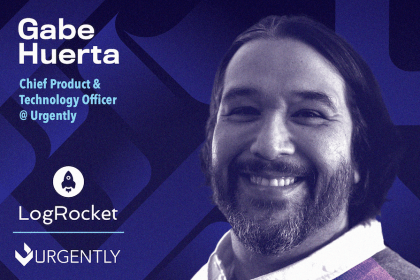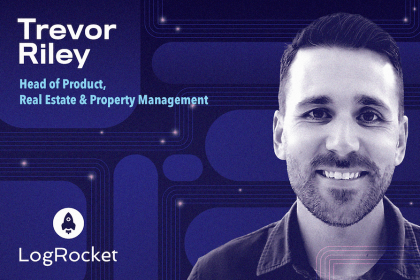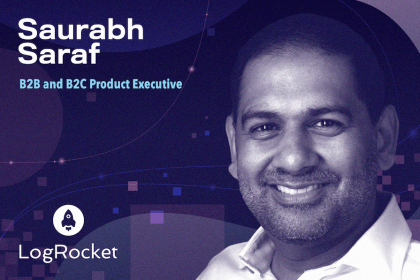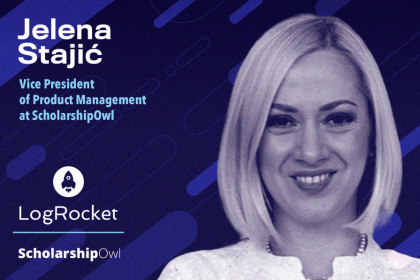
Agile metrics are quantifiable figures used by PMs and stakeholders to define, track, and assess product performance.

Gabe Huerta discusses the critical role of predictive analytics in roadside assistance, where everything depends on real-world events.

Failing to solve a problem is okay and you should take it in stride as learning for the next time. Don’t beat yourself up.

Budget management refers to the planning of financial resources allocated to support a product from conception to completion and beyond.

Trevor Riley talks about how adaptation is crucial to long-term success and how you need to adapt your software development life cycle.

Nancy Wang shares how she’s spearheaded a “cultural mind shift” away from an IT plan-build-run organization to a product-centric one.

Decentralized decision-making is the process where stakeholders distribute strategic decisions within an organization to lower-level teams.

A cumulative flow diagram is an advanced analytic tool that represents the stability of your workflow over time.

Saurabh Saraf shares how organizations overlook meaningful opportunities by focusing on shiny new initiatives over incremental improvements.

A BPMN diagram is a visual representation of the steps, activities, and flows of processes within your organization.

Jelena Stajić discusses ScholarshipOwl’s transition from purely being a scholarship platform for students to adding a B2B component.

The 8D problem-solving method is designed to address and resolve problems by identifying, correcting, and eliminating recurring issues.